
We begin our week-long coverage of Māori stories to mark Waitangi Day with a look at a stunning photo essay, longlisted for the Ockham book awards
I come from a long line of strong, Indigenous wāhine. But in 2016 my world changed. I remember the day vividly. I was curled over on the floor of the hospital emergency department, struggling to breathe. Grief was forcing its way out of my body, a sound I had never heard before. My nan, Dawn Matata, my tino wahine, the woman who raised me, had died.
Some moments in your life become pivotal. This was one of mine.
My nan was a teacher, a weaver, a creative, a storyteller. Sitting at her kitchen table over a cuppa tea, sharing intergenerational kōrero, had always helped me to figure out my life.
Her passing came six years into my journey of infertility. As a wahine, I felt lost.
Simultaneously, I was in the midst of fighting for the future of our whenua and people at Ihumātao. A transnational corporation planned to build a housing development on unjustly confiscated ancestral land.
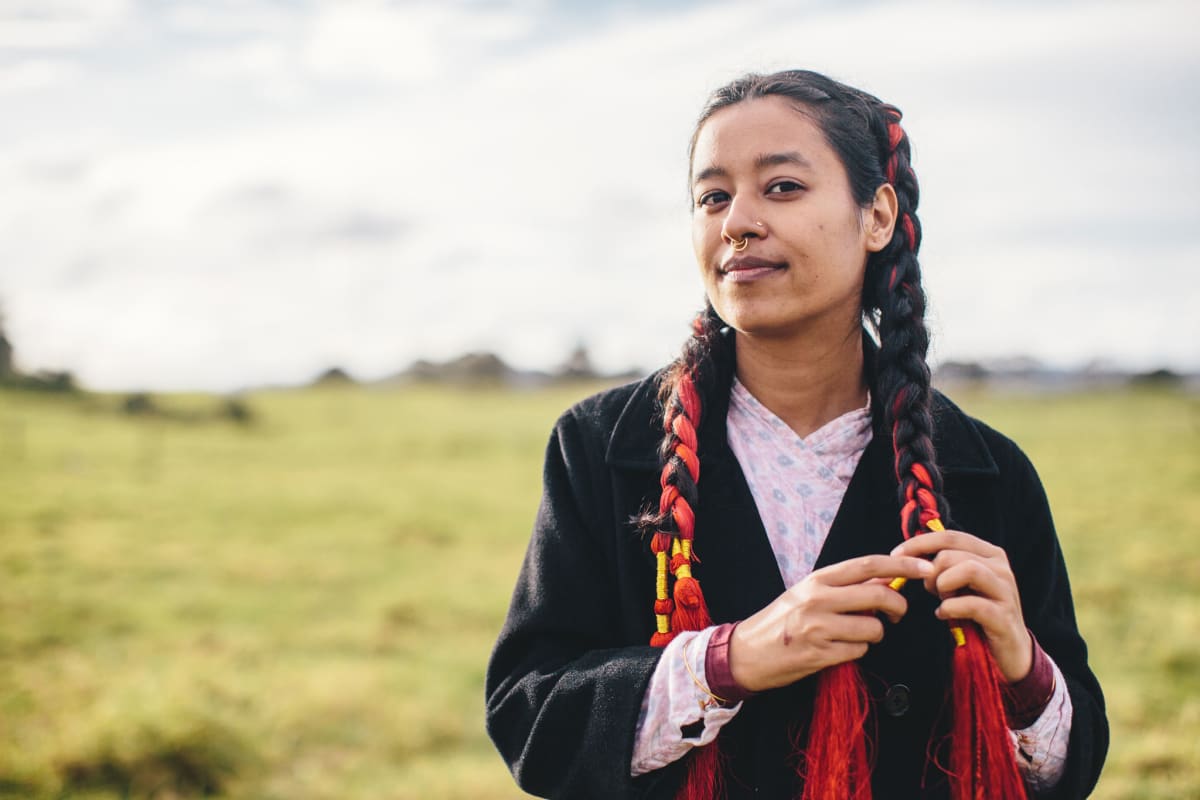
The heaviness of societal expectations on me as an Indigenous woman was drowning me. I was expected to earn my place and thrive both in te ao Māori and te ao Pākehā, and represent both exceedingly, to fill my whare with children, to speak my language confidently and wear my markings.
I looked for solace. Social media was full of self-obsession, consumerism and too many keyboard warriors. News media hammered home to me and others that my people were consistently under-achieving and over-represented in a raft of undesirable indicators. We were no-good trouble makers.
We Indigenous wāhine lived in a media-saturated world, but we weren’t swimming in our stories.
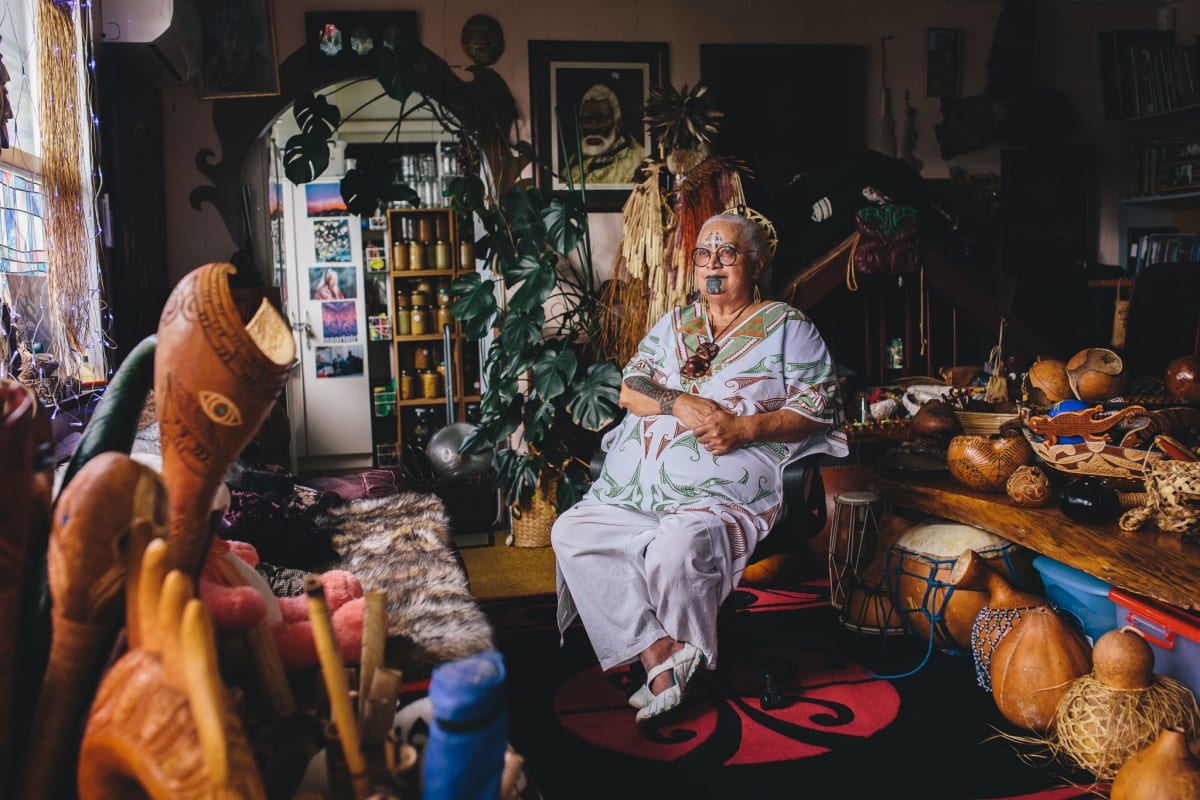
A year after my nan passed, I became hapū with a kōtiro. I was confronted with my reality: raising an Indigenous wahine in a colonised, patriarchal world. I didn’t want my daughter to carry the weight of intergenerational trauma I felt.
I questioned, What atua wāhine and tūpuna wāhine pūrākau could she access? What mātauranga did she need for her life journey? Where would she encounter powerful role models in her everyday world?
I then questioned those things for the rest of us.
I set myself a wero, to amplify the voices of 100 kickass Indigenous wāhine doing things differently. My goal was to change our narrative for future generations.
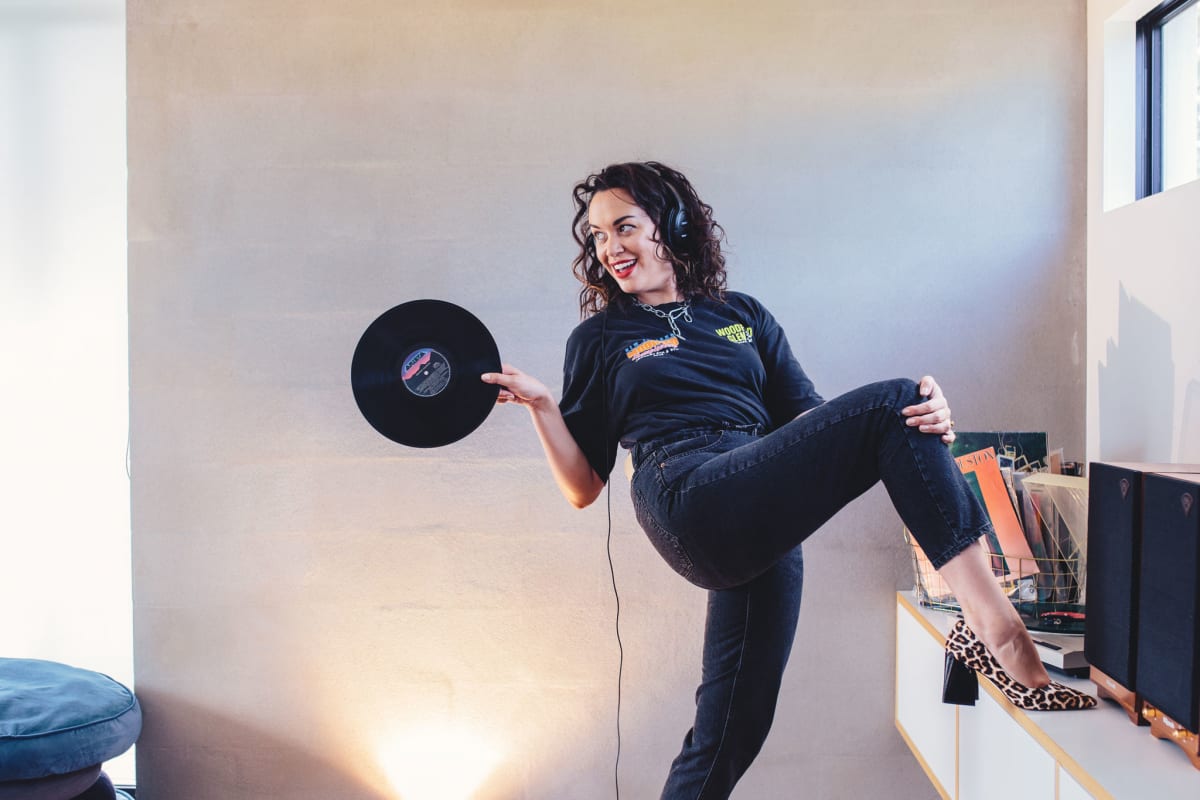
.
NUKU: Stories of 100 Indigenous Women embodies the diversity of what it means to be an Indigenous wāhine today. Together, we are redefining what success means for us. We intentionally centre Indigenous values and whakaaro to change the perception of Indigenous wāhine and, in turn, change the way we perceive ourselves.
We had little-to-no resources, but huge passion and drive. It took three years, with some time off in between to co-lead the occupation at Ihumātao and deal with the world-changing Covid-19 outbreak and its sudden series of lockdowns.
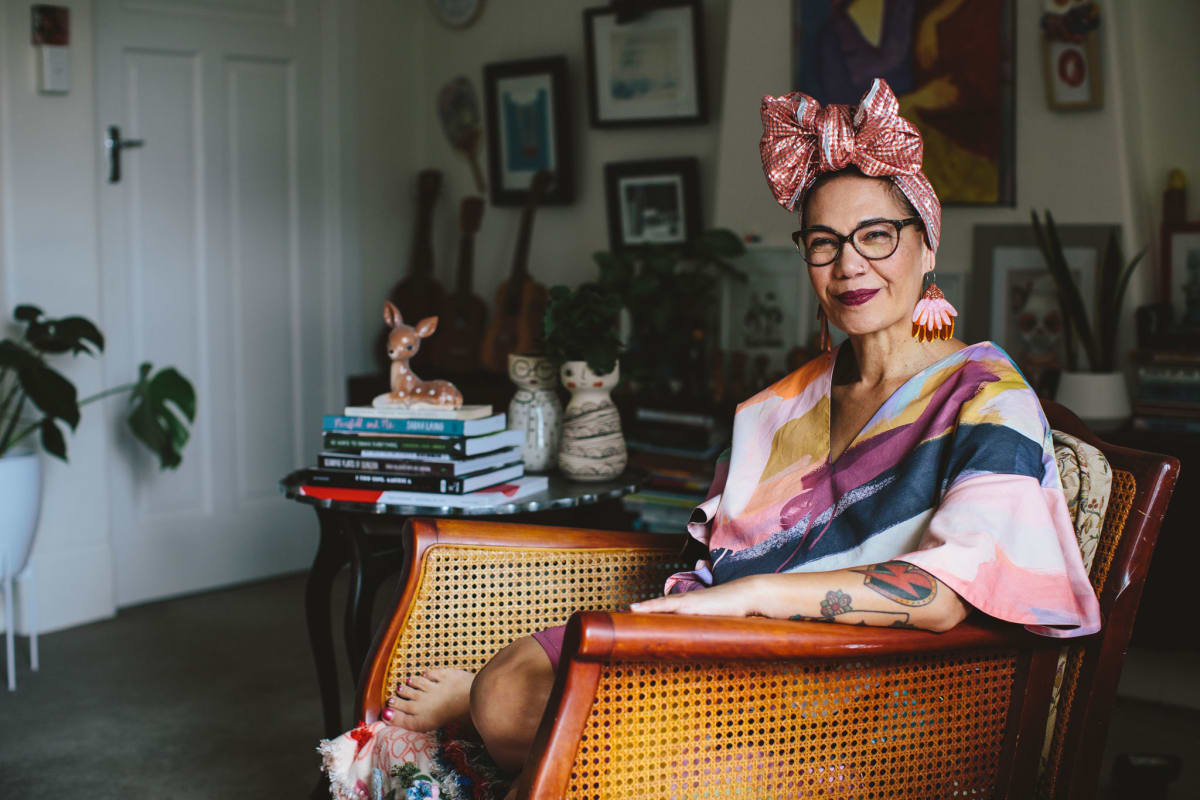
The 100 wāhine featured in this pukapuka work across diverse sectors and in wide-ranging roles. Some seek to end domestic violence, others improve access to services, or support environmental and sustainability goals. Some influence the media, champion the arts, advocate for Indigenous and land rights, revive Indigenous systems and practice, open doors to academic interests and strive for gender equality. The youngest is 14 and the eldest is in her mid-seventies. We feature wāhine Māori, Moriori, Pasifika, Melanesia, Wijadjuri, Himalaya and Mexico. The geographical reach of NUKU spans Te Tai Tokerau to Ōtepoti, from coast to coast and over to Rēkohu.
This book, and the associated NUKU multimedia series, has been conceived, led and made by wāhine. To honour our collective story sovereignty and ensure a foundation of mana motuhake, this pukapuka has also been self-published.
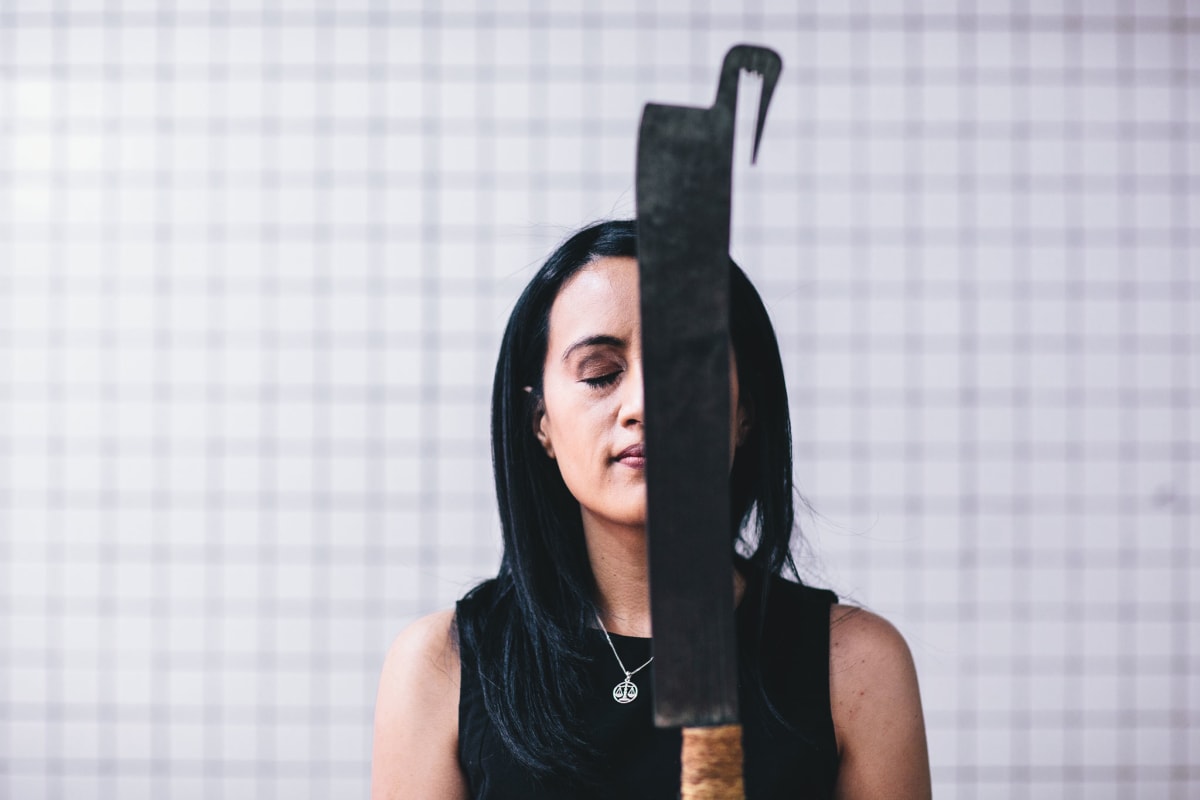
Indigenous wāhine dream to see our future generations thrive — to be confident in their reo, to be equipped with their mātauranga, to be proud of their identities, to be healthy, happy and well. For this to happen, we need a thriving ecosystem supported by Indigenous values and practices. The key to our ambition is connection. Being connected to our whānau, to our history, to our knowledge systems, to our taiao, to one another. This will see us prosper.
NUKU is proudly about who we are; not who we’ve been told to be. Mā hine, mō hine, kia hine. Mauri ora.
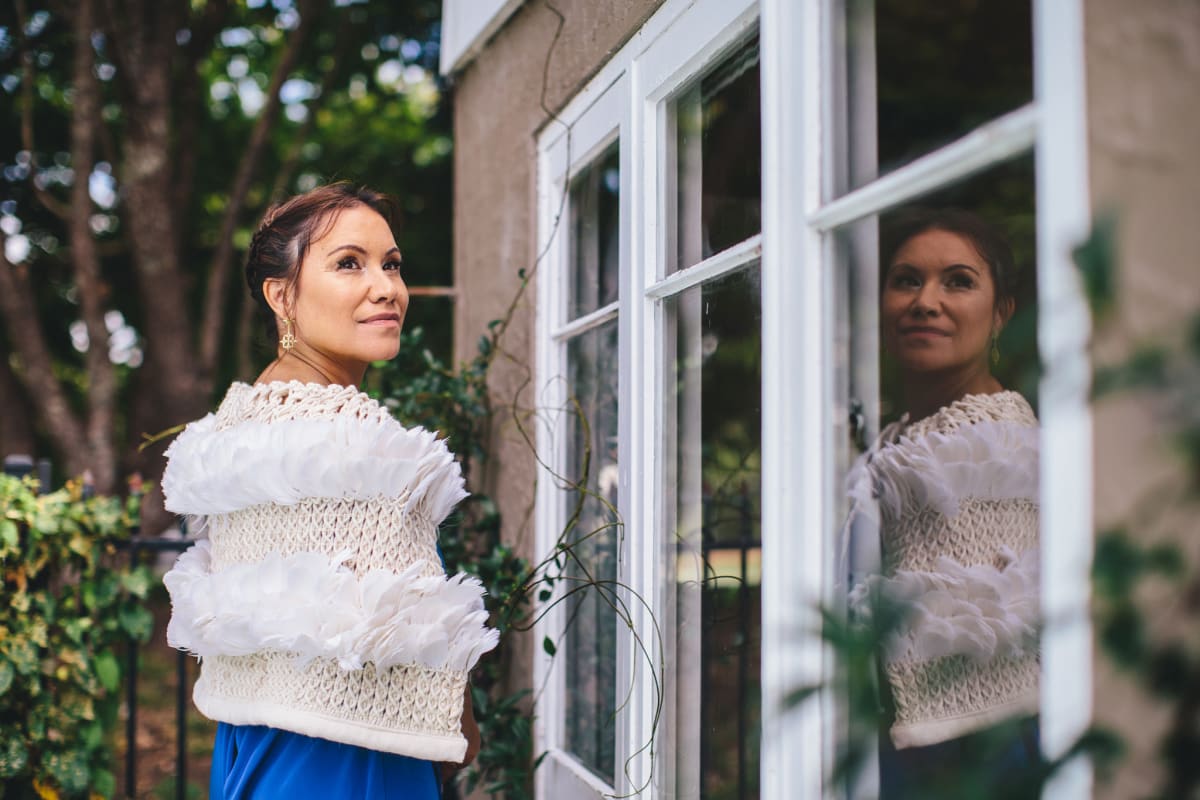
NUKU: Stories of 100 Indigenous Women photographed by Qiane Matata-Sipu ($65), featuring her portraits of wāhine Māori, Moriori, Pasifika, Melanesian, Wijadjuri, Himalayan and Mexican, is available in selected bookstores, and from the publisher (as well as some cool merch). It has been longlisted for the best book of illustrated non-fiction at the 2022 Ockham New Zealand national book awards.







